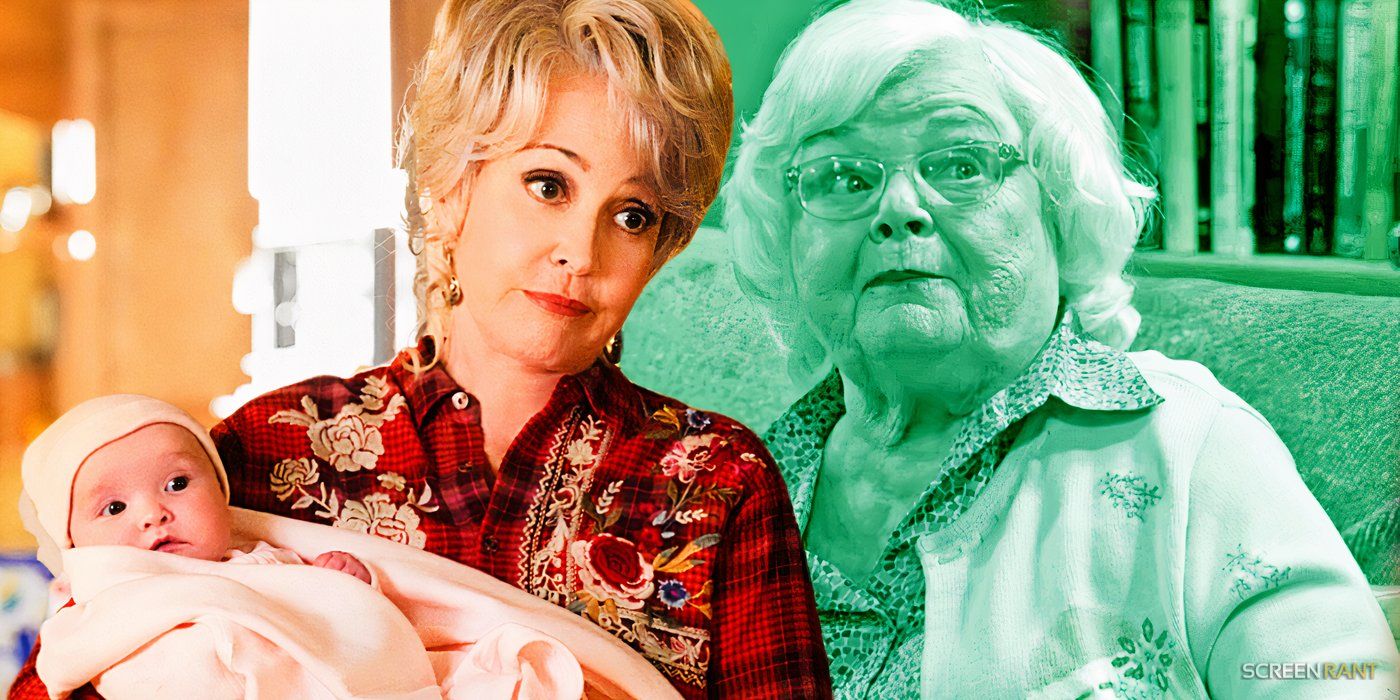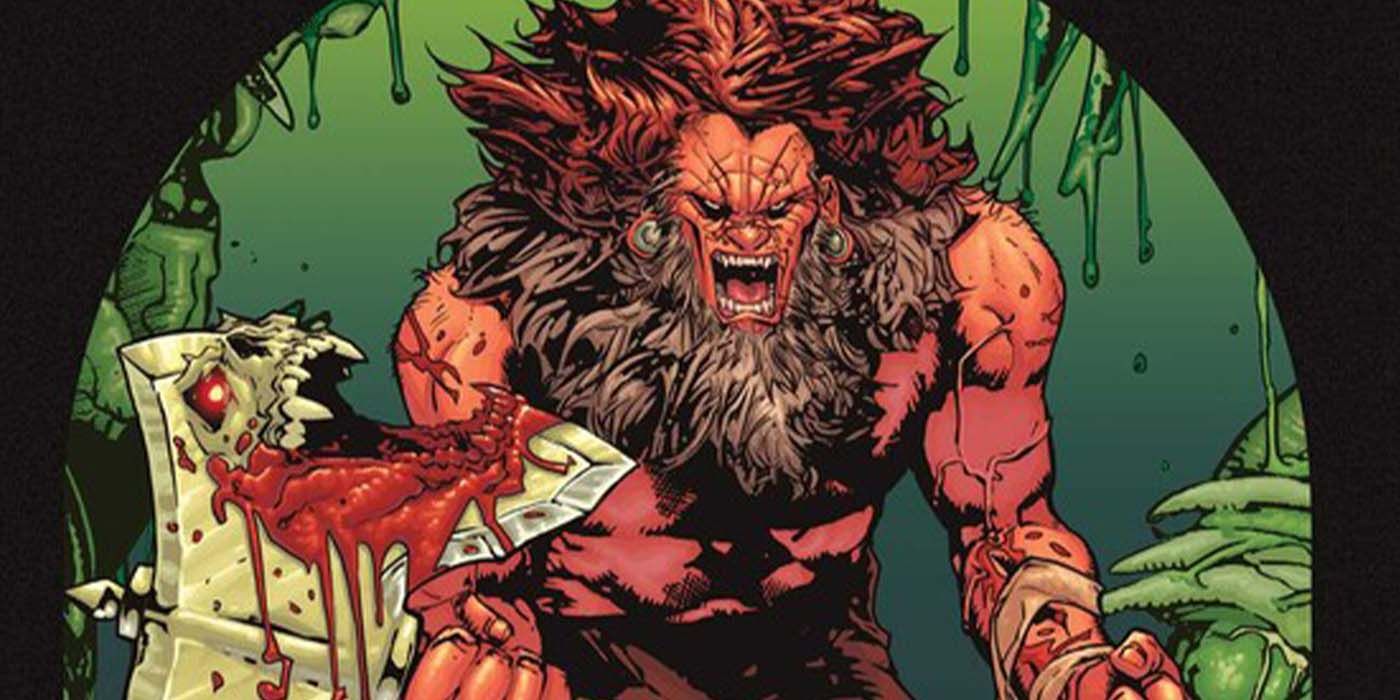Warning! Major spoilers for The Craft: Legacy below.
The Craft: Legacy‘s ending acts as a bridge between two generations of witches and sets up a possible The Craft 3. The sequel to 1996’s The Craft has the same bones as its predecessor, features new characters and takes a different approach to its story of witchcraft and feminism. But the final moments of The Craft: Legacy undoubtedly merge the two stories into one.
Mirroring the original film, The Craft: Legacy follows an outcast teenage girl navigating life as the new kid at school. But Lily (Cailee Spaeny) quickly falls in line with a group of diverse young women — Frankie, Lourdes, and Tabby (Gideon Adlon, Zoey Luna, and Lovie Simone). The girls reveal they are a practicing coven of witches searching for their fourth — and they think Lily is a match. However, it turns out Lily’s powers might be stronger than any of them realize.
That’s because Lily is revealed to be the biological daughter of Nancy Downs (Fairuza Balk), the power-hungry witch from the series’ original coven. The movie makes a clear effort to stand apart from the original, but the movie’s ending proves that is a bit of a misdirect, which is okay. The film doesn’t work without a strong connection to its past, and this connection could, in turn, open up a direct route to the franchise’s future.
How The Craft: Legacy Sets Up A Sequel
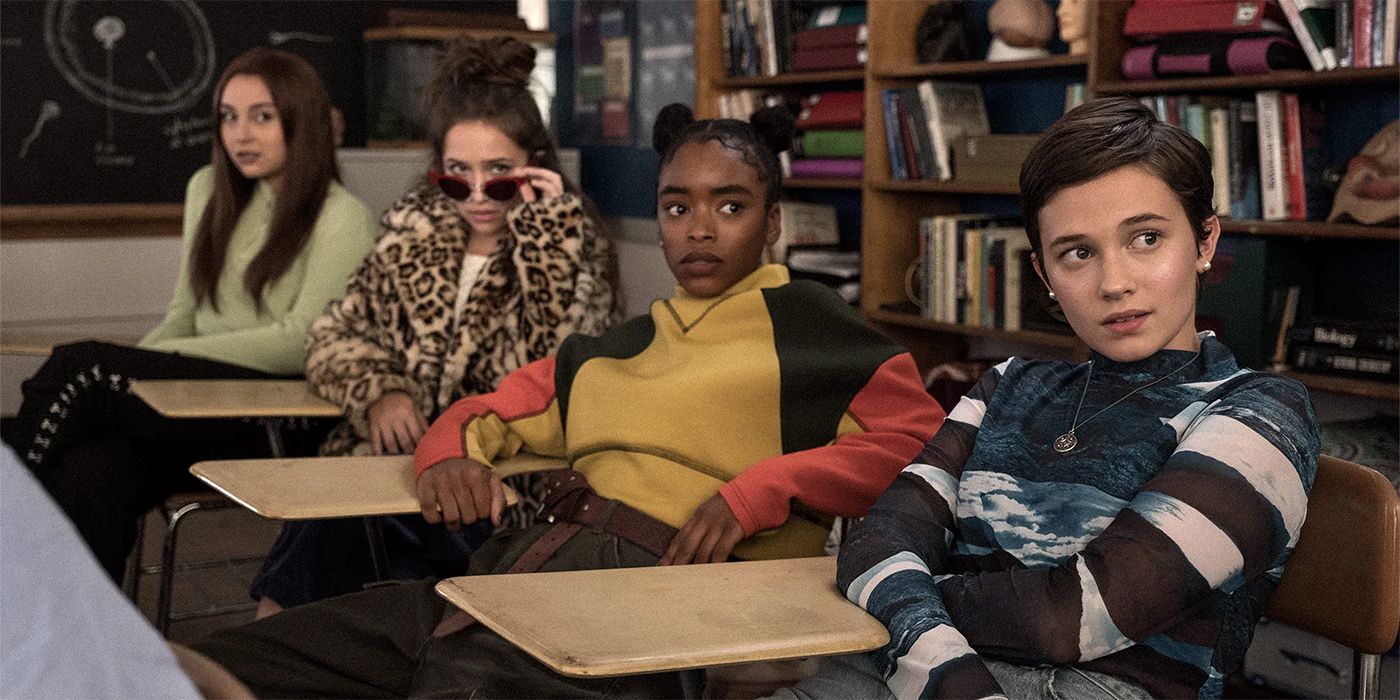
In a theme concurrent with the original movie, Lily is slowly revealed to be unexpectedly powerful. She can throw a person across the room with a light touch, and can communicate telepathically without even trying. Once she starts practicing with her new coven, her powers only get stronger. At the same time, the movie drops hints about the mystery surrounding her past. On separate occasions, she’s asked about her heritage and her father. She’s clueless on both accounts.
Throughout the film, it’s clear that Lily’s story is meant to be explored further. Once it seems that her powers are out of control, malevolent forces intend to steal them from her. Near The Craft: Legacy‘s ending, Lily grows increasingly suspicious of her mom’s (Michelle Monaghan) boyfriend Adam (David Duchovny). Her fears were right — Adam is a powerful warlock. He’s aware of Lily’s powers and seems to know where they come from as well. Lily’s coven comes to her aid at the last second and they take Adam down. But there’s a lot more left to be desired.
In the film’s last scene, Lily is revealed to have a dark origin story, however it’s the last shot that negates the atmosphere that director Zoe Lister-Jones established early on. Where The Craft focuses on the darkness of magic, The Craft: Legacy finds its light. That last scene in the sequel leaves audiences to assume that, should The Craft 3 happen, Nancy Downs will play a big part in the franchise moving forward. With the focus on Lily’s powers and Nancy’s introduction into the new chapter of the series, the young witch is poised to go down a path similar to the one Nancy did. Part of that reason being that Nancy is revealed to be Lily’s biological mother. The connection to The Craft is what propels The Craft: Legacy forward.
How The Craft Legacy’s Meaning Is Changed From The Original
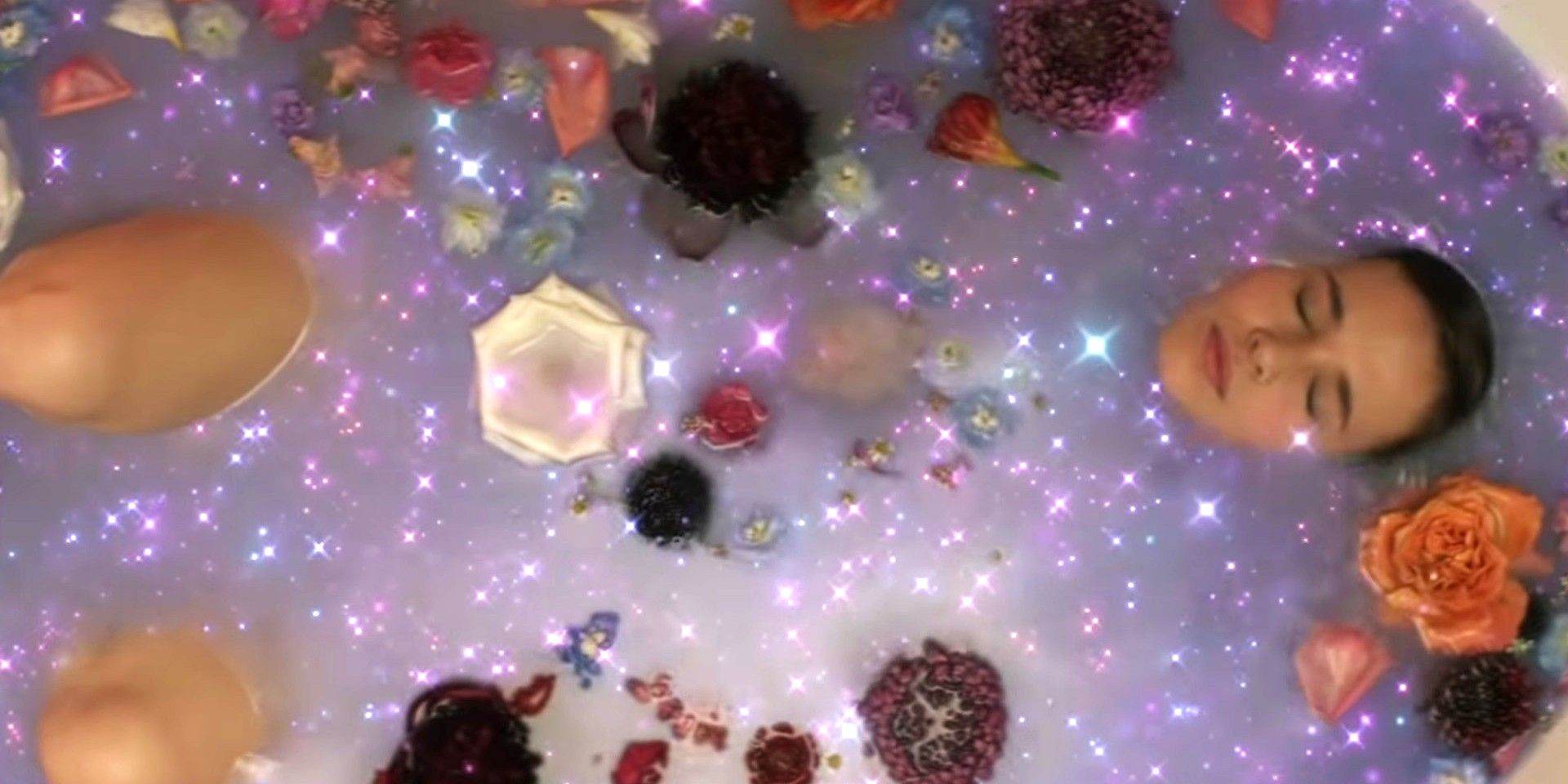
The Craft is the personification of the old saying, “be careful what you wish for“. Original coven members Sarah, Bonnie, Rochelle, and Nancy are all outcasts at school for different reasons. Once Sarah joins the coven and allows them to elevate their powers, they use their magic to right the wrongs in their lives. But fixing those problems leads to negative consequences, specifically for Nancy, who grows out of control and ends up institutionalized at the end of the 1996 film. In a way, The Craft is a twisted story of self-empowerment: believing in yourself can render incredible results.
The Craft: Legacy is about believing in other people. When the original coven is complete, the witches use their magic to solve personal problems, as one might expect teenagers to do. But in The Craft: Legacy, Lily, Lourdes, Frankie, and Tabby use their magic to bring balance to the universe. When a boy named Timmy bullies Lily at school, they use magic to subdue him. Yet, instead of harming him, they cast a spell on him to make him kinder and more understanding. In fact, the other girls feel betrayed when Lily later uses magic for her own selfish reasons. Magic is not a weapon, but a gift.
The Craft: Legacy‘s updated message is a clear reflection of the times. While plenty of hate still exists in the world, there has been significant process in leveraging film as a tool to advocate for marginalized people. While men in the first movie are toxic and abusive toward women, the sequel features an honest and heartbreaking speech from a boy grappling with his sexuality. As a Black woman, Rochelle faces awful racism in The Craft. Tabby briefly touches on the daily struggles of being a Black person in The Craft: Legacy, but she is not seen dealing with that same level of racism. Finally, the sequel features a trans woman — that’s something that was far less common in movies released in the 1990s. Also, when trans people were depicted in movies from that era, often those were done in a negative light. It’s always refreshing to see marginalized people raised up in movies, but the softer depiction of magic deprives The Craft: Legacy of the same bite that the original movie had.
How The Craft Legacy’s Expands the Rules of the Original
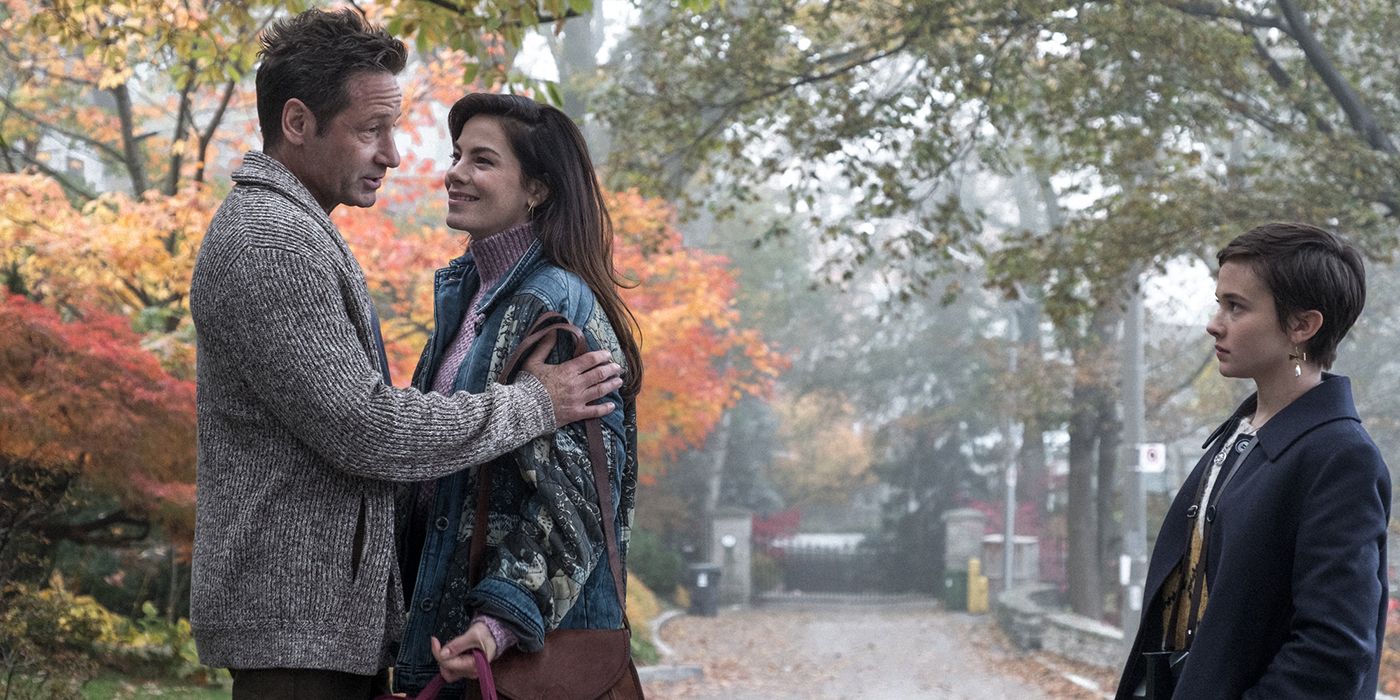
By the ending of The Craft: Legacy, it’s clear that magic isn’t just for high school girls. The original coven is without a doubt powerful, but they’re the only ones seen practicing magic. They received their powers from an unknown deity called Manon, but he’s only mentioned by name. The Craft sequel builds upon the world created in the original film. Adam is the first non-female witch – or perhaps warlock, in this case – to be shown in the series. While he technically takes the form of a man, the movie establishes early on that powerful witches have the ability to shapeshift.
Adam’s eyes also change to black when his true motives are revealed, implying that he may not even be human. He also tries to trick Lily into handing over her powers to him. That’s an ability that’s never been established before in the series. It’s safe to assume that these rules were created for the sake of a potential The Craft 3. It looks like the dangers will no longer come from fellow low-level witches, but something more powerful.
What The Ending Of The Craft Legacy Really Means
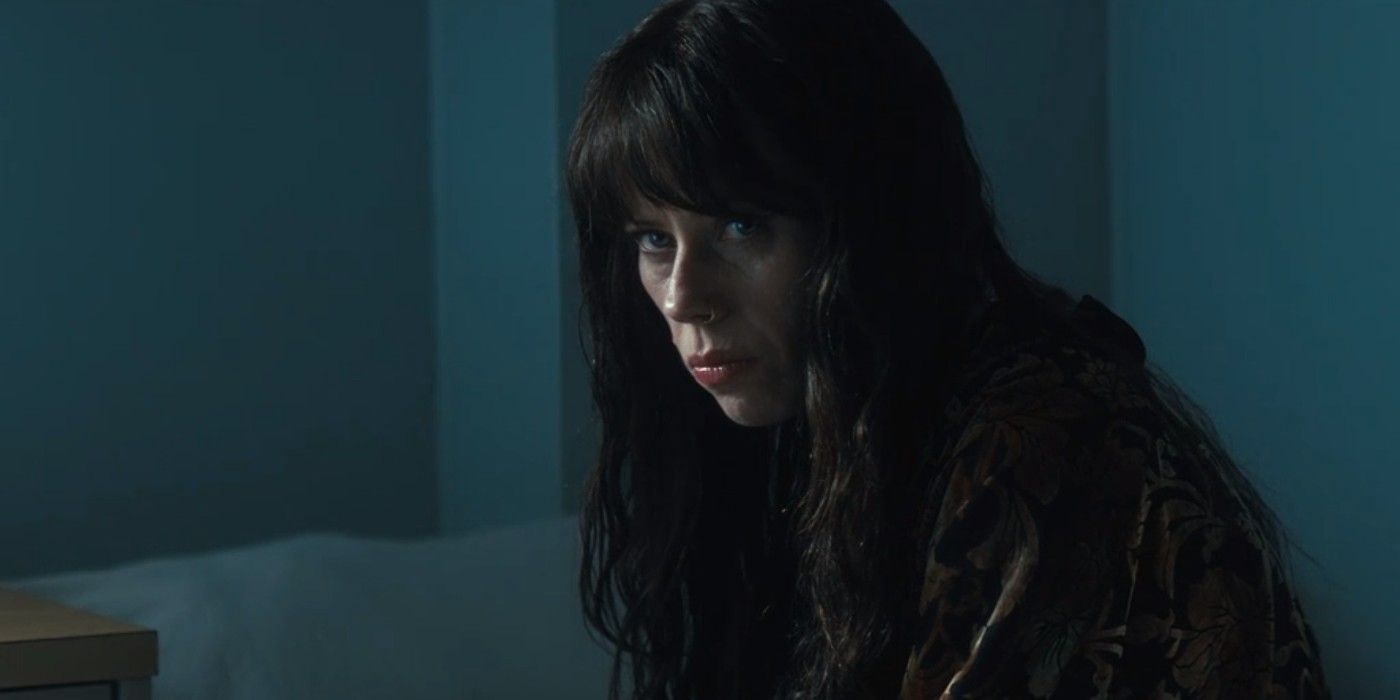
Both movies in the series focus on the ideas of being an outcast and finding a sense of self. In The Craft, each member of the coven’s differences is what binds them together. The girls become defined by their magic, even though it ends up destroying them. The Craft: Legacy takes a more inclusive approach to this idea, and shows that everyone feels like an outcast in their own way sometimes. That said, there’s still a stronger focus on Lily feeling like an outcast her whole life.
Near the end of the movie, Lily finds out she was adopted. Her mom takes her to meet her biological mother, who turns out to be Nancy — still institutionalized. While it doesn’t always pack the same punch, The Craft: Legacy works hard to establish a separate tone from its predecessor. With the fact that she is powerful enough to scare members of her coven, and her newly-revealed parentage Lily may find herself becoming a dark witch like her biological mother. Should The Craft 3 happen, this will bring about an interesting conflict.

